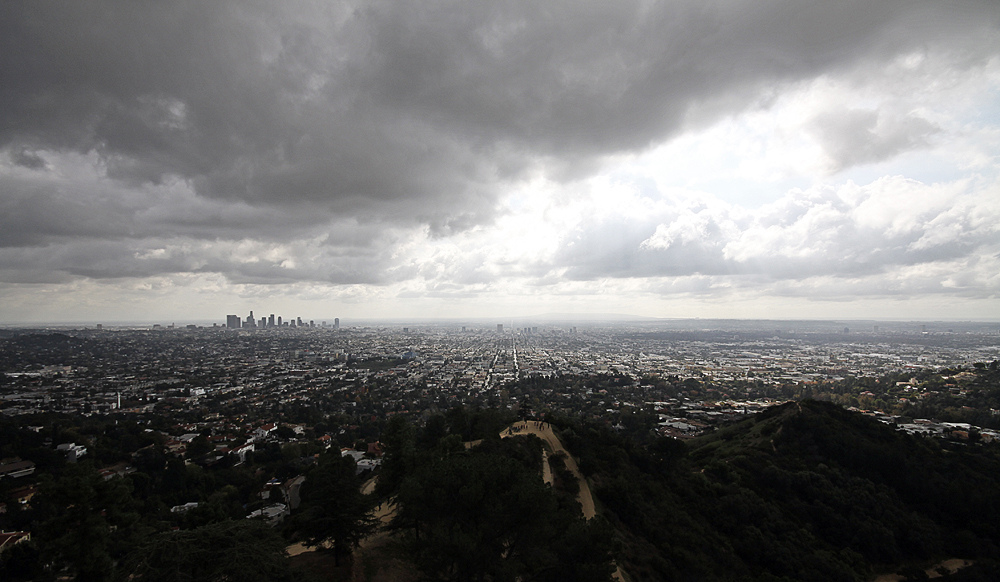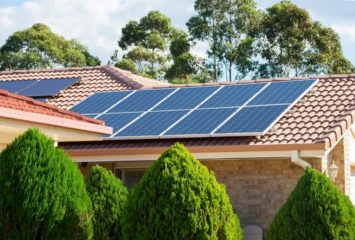Does Solar Power Work in Less Sunny Conditions?
Image: Rekre89, CC 2.0
Solar energy brings up images of warm places like Arizona or Florida — days are long and sunshine is abundant. But what if you don’t live in a sunny state? Can you still utilize solar?
According to recent research, you can. As long as you have daylight — no matter how limited — you can benefit from solar. If you’re still wondering how your area’s atmospheric conditions will affect a solar array, read on to find out.
Snow
Solar panels can work regardless of the temperature. They can actually be more efficient in cold weather, which explains their popularity in locations such as Antarctica. If they work there, despite perpetual snow and ice, they can handle some moderate winter snowfall.
The precise efficiency of your solar array may vary depending on the placement and angle of your panels. The days are shorter in the winter, meaning there’s less time to capture and convert light into energy. However, because there’s a lot of extra light reflected by fallen snow, some homeowners have actually reported efficiencies beyond their panels’ rated power during the winter. Essentially, if you can arrange your panels to catch as much light as possible, you’ll still see significant power generation.
As for the snowfall itself, most panels are smooth, so if they’re angled enough, the snow can slide right off on its own. Darker panels absorb more heat, helping snowfall to melt quicker, too. If your panels do get covered with a mound of snow, it’s a fairly easy task to remove the snow yourself or hire a solar professional to do the work.
Clouds
Despite plentiful clouds, fog, and rain, Germany is the current world leader in terms of residential solar output. In June 2014, the country broke several national records when they satisfied more than 50 percent of their electricity demand with 23.1 gigawatts of solar power. The country’s substantial successes in solar progress have inspired other cloudy cities, like Seattle, to follow suit.
While panels work best in direct light, overcast weather isn’t the solar death knell it was once thought to be. Solar arrays still generate energy from indirect light. Plus, rain helps wash away dust and dirt, keeping the panels operating efficiently.
The secret to success lies in where the panels are placed and how many you opt to use. A solar professional can help you determine the best location and setup to capture light rays.
Night
Solar panels don’t work at night; however, they can store energy during the day. Then, depending on your setup, you can do one of two things with that excess daytime power.
First, if your solar system is connected to the utility grid, excess output can be sent back to the grid for others to use throughout the day. It’s a drawback of being grid-tied, but you can receive incentives or net metering benefits for sharing energy. When night falls, solar systems essentially go into standby mode, meaning your home will revert back to standard electricity from the grid.
The alternative option is to conserve excess solar energy in batteries rather than rerouting it to the utility grid. It’s not a common scenario, but as batteries become more affordable, it is definitely something to discuss with your solar installer and utility company. Batteries can act as emergency backups during power outages or be used in off-grid configurations.
Overall, solar is more dependent on daylight than on direct sunlight. That means you can utilize solar — and experience the associated cost- and energy-saving benefits — wherever you live. To find out just how much you can save, check out this solar power calculator.



Comments are closed here.